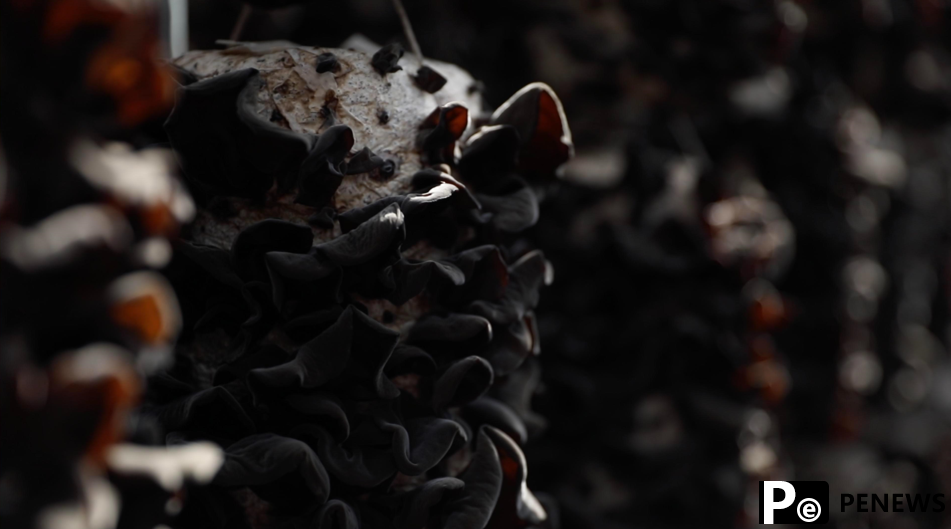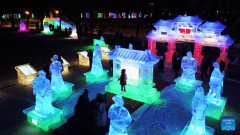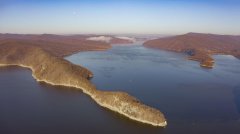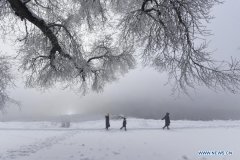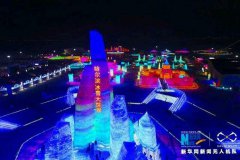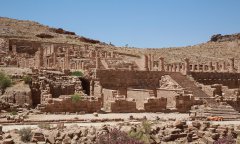Home>>
Mudanjiang: stockpile of geologic wonders and nature’s bountyBy Xia Peiyao (People's Daily Online) 16:33, November 18, 2021
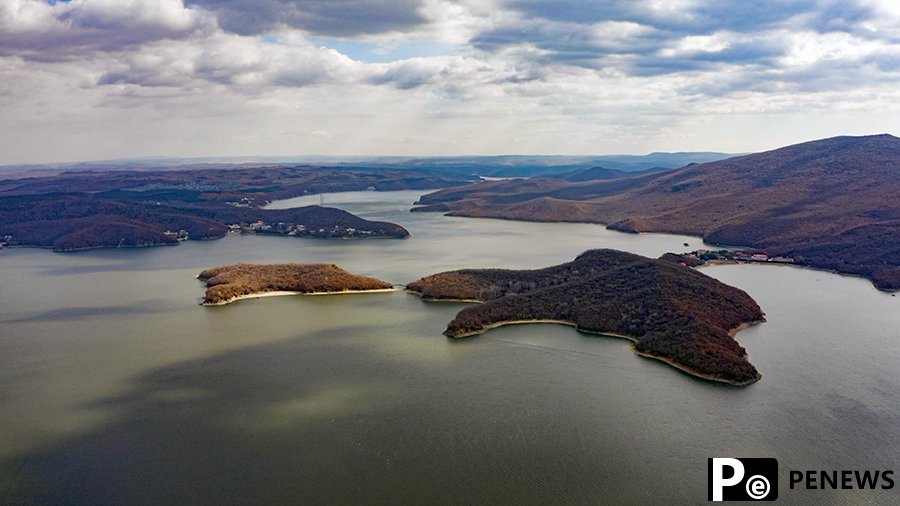
Aerial photo taken on Oct. 23, 2021 shows the composite volcanoes in the Jingpohu Global Geopark in Mudanjiang, northeast China’s Heilongjiang Province. (Photo/ Han Xu)
Mudanjiang shares the name with the river that runs through it. Nestled in China’s chilliest, northernmost Heilongjiang province, this city on the China-Russian border has blended the bounty of treasures bequeathed to it into something luxuriant and enthralling. Snow aside, Mudanjiang has more to deliver: a wonderfully preserved natural landscape, a panoply of tourism and cultural resources, and promising and interesting business opportunities.
In late autumn, the peak of the colorful fall season has just come to an end. The yellows of Dahurian larches and reds of maple trees turn tawny and brown, with only the pine and spruce trees holding onto their green needles. Yet the fading fall foliage also subtly lays bare the city’s geologic beauty, something that the heat-escaping locals in summer and snow-lovers in winter might probably overlook.
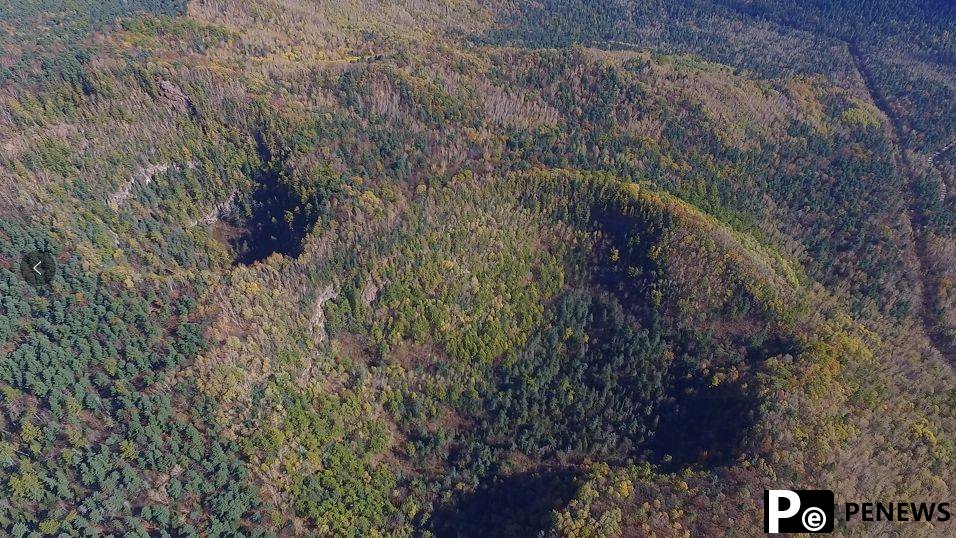
Aerial photo shows the composite volcanoes in the Jingpohu Global Geopark in Mudanjiang City, northeast China’s Heilongjiang Province. (Photo/Provided to People’s Daily Online)
Ancient landscape of pure waters and pristine forests
As the Mudan River sluices northward to Jingpo Lake, its route has traversed the landscape of northeast China for at least ten thousand years. The lake, located in the Jingpohu UNESCO Global Geopark, is the largest alpine lava barrier lake in China and was shaped during ancient volcanic eruptions after blocking the river flow to form an enticing dream world along its banks.
On top of the magnificent Cenozoic volcanic landforms, thousands of years of primary succession silently evolved as species of plants and trees overtook these dormant volcanoes. The dozen volcanic craters in the geopark are home to lush primitive forests, which have gradually evolved from the pioneering expansion of lichens, mosses, blooming and fruiting shrubs to temperate forests with red pine, amur lime, and needle fir.
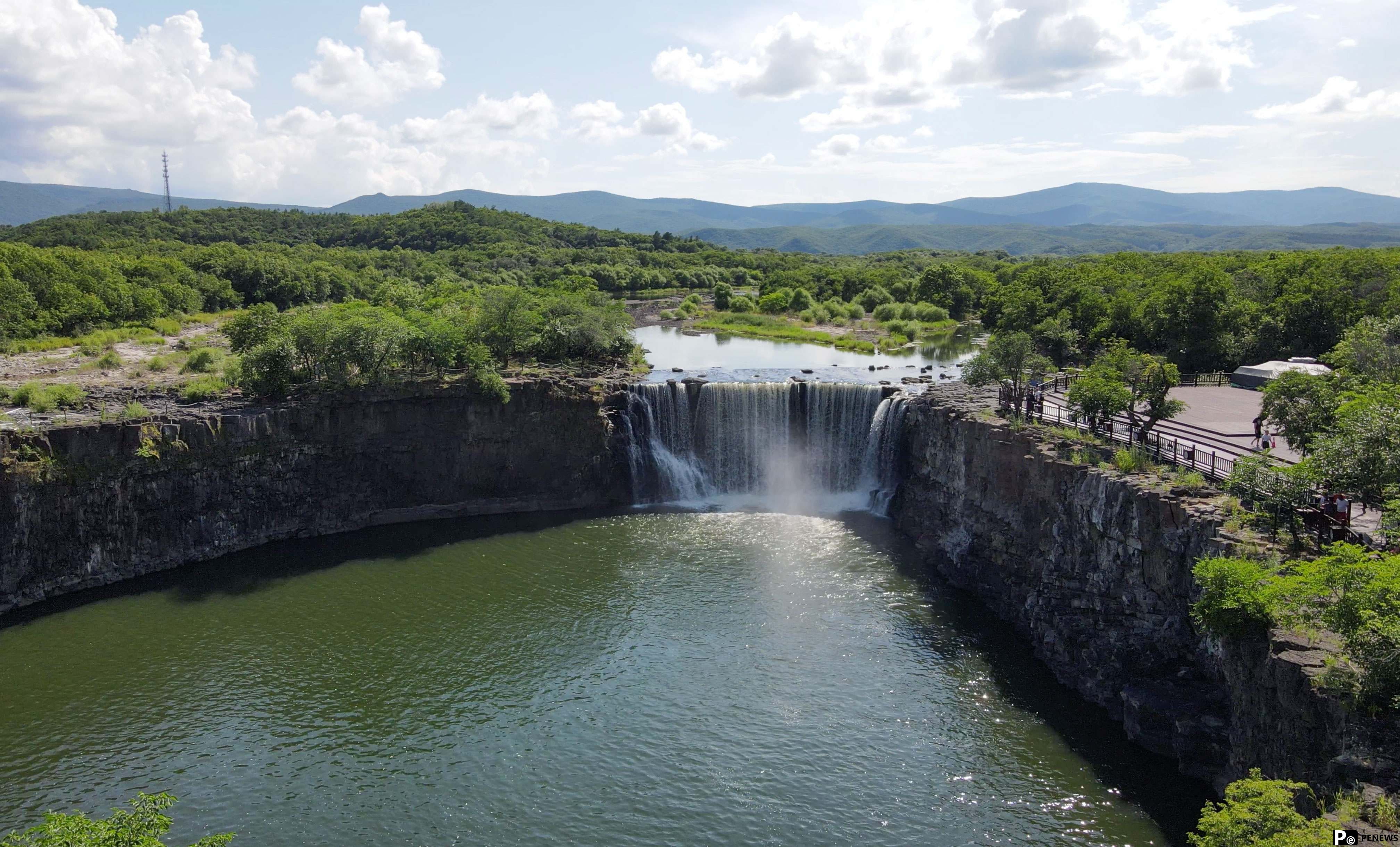
A photo shows the Diaoshuilou waterfall in the Jingpohu Global Geopark in Mudanjiang City, northeast China’s Heilongjiang Province. (Photo/Provided to People’s Daily Online)
“The well-preserved and high-quality ecosystem of the Jingpo Lake scenic area has irreplaceable significance compared with other geoparks in China. It also holds much allure for geologists and explorers, a real treasure for academic research,” said Zhao Huying, manager of the Jingpohu Tourism Group.
Precisely because of its geologic conditions and the loamy layer of earth on top, the landscape provides a valuable habitat for a stunning mixture of fauna and flora. The forests are home to numerous protected animals, including sables, black bears, and Siberian roe deers. After a provincial ban on logging and efforts in afforestation and the clearing of illegal hunting traps, the number of wild animals surrounding the city has undergone a steady increase. In recent years, more and more wild Siberian tigers were spotted by camera traps, which also signifies the recent ecological improvements here. One of the most representative plants, Xiangshui rice, is the only rice variety in the world that can grow in the earthen soil of basalt rocks. High in amino acids, vitamins, and minerals, the rice enjoys a nationwide reputation and is often served at state banquets.
There is even more to explore along the riverbanks—which served as the prehistoric residential sites for the Sushen people, the ancient ancestors of Manchurians. Some of the items that were also discovered in the Neolithic ruins included implements made from stone, horn-like arrows, a deer-horn hoe, and clay figurines modeled in the shape of a pig, which proves that the Sushen had already entered into a hoe-farming stage of development and had achieved primitive techniques in stock farming.
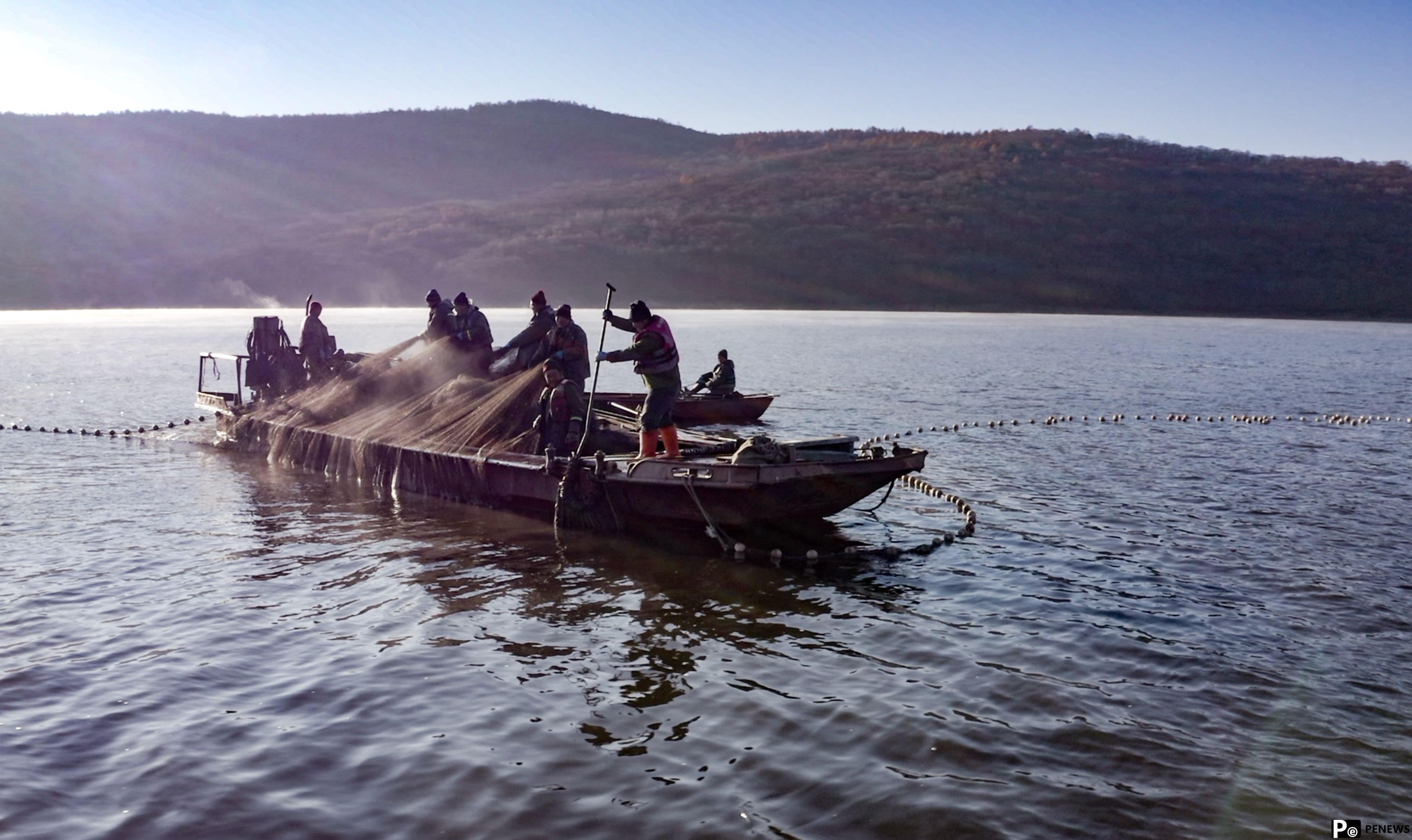
A photo taken on October 23, 2021, shows fishermen fishing at the Jingpo Lake in Mudanjiang City, northeast China’s Heilongjiang Province. (Photo/Han Xu)
Over the past 3,000 years, the descendants of the Sushen all left behind splendid cultural traditions during a variety of different dynasties. To this day, fishermen at Jingpo Lake still honor some of their ancestors’ traditional Manchurian rituals. During winter fishing activities, for example, fishermen will honor the god of the lake to ‘awake’ their fishing nets while letting go of the first fish caught on the first cast, hoping for luck and a good harvest.
